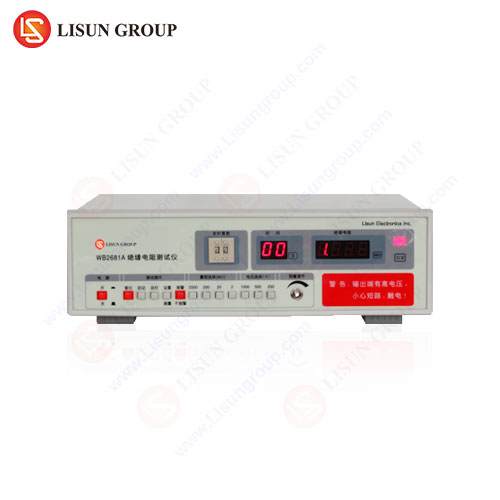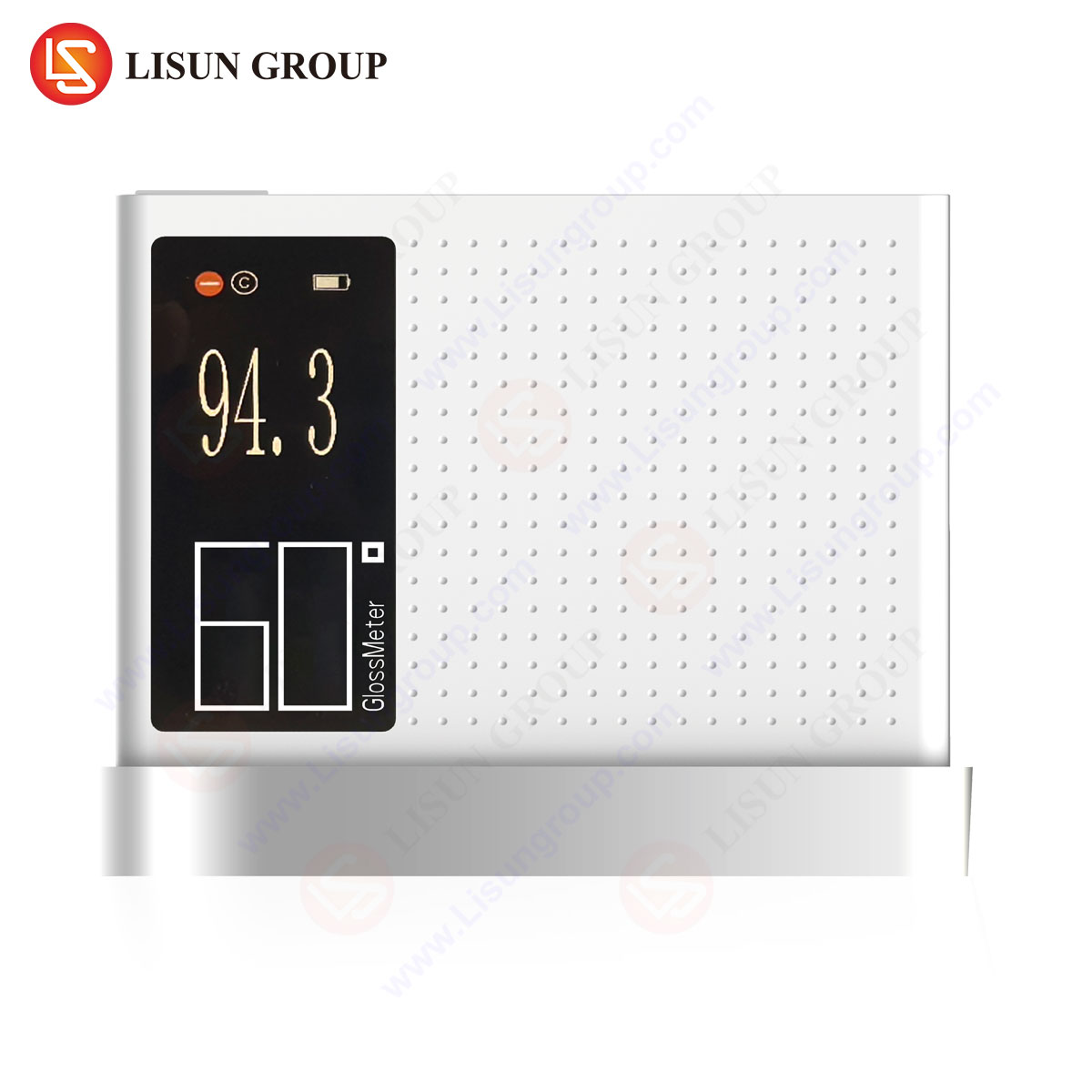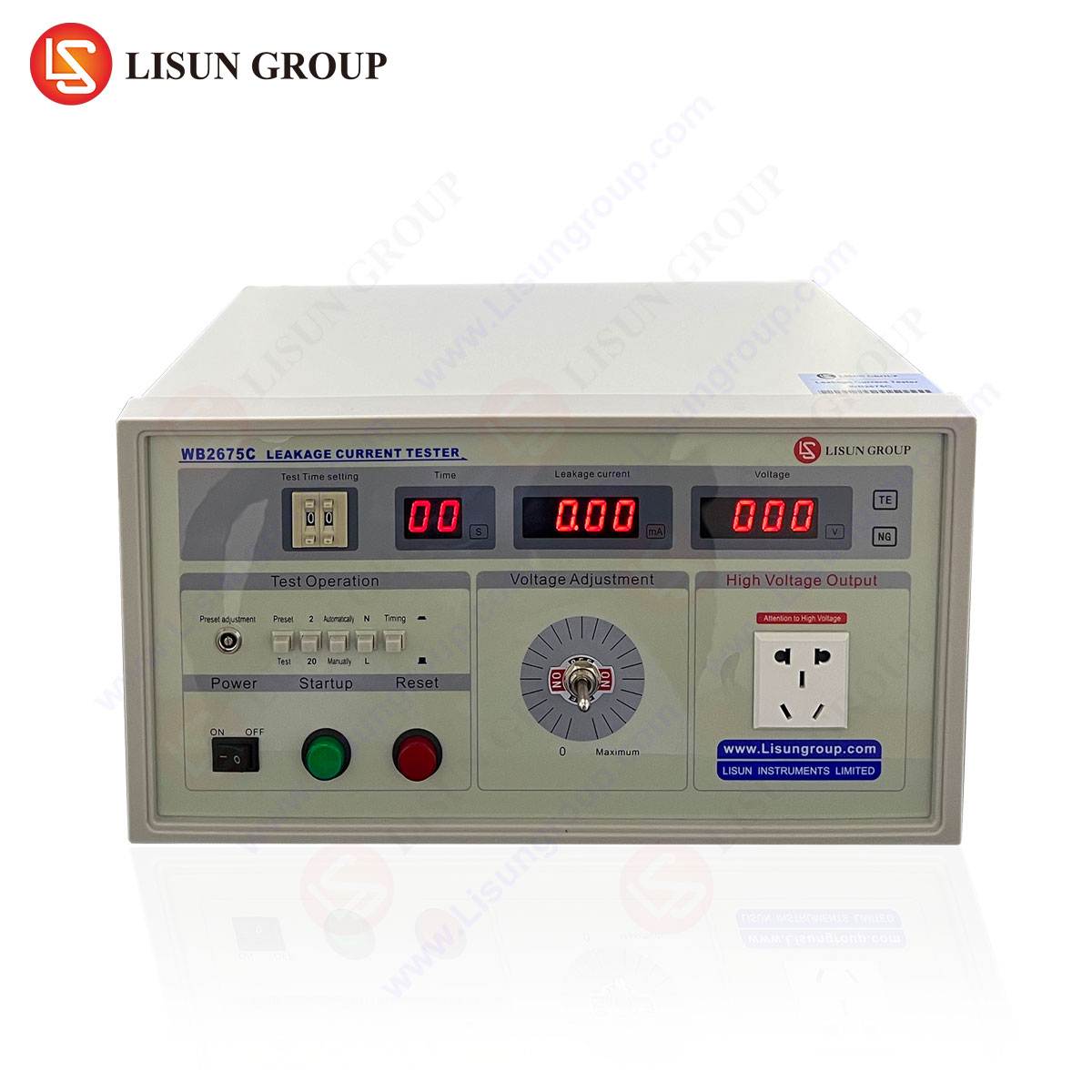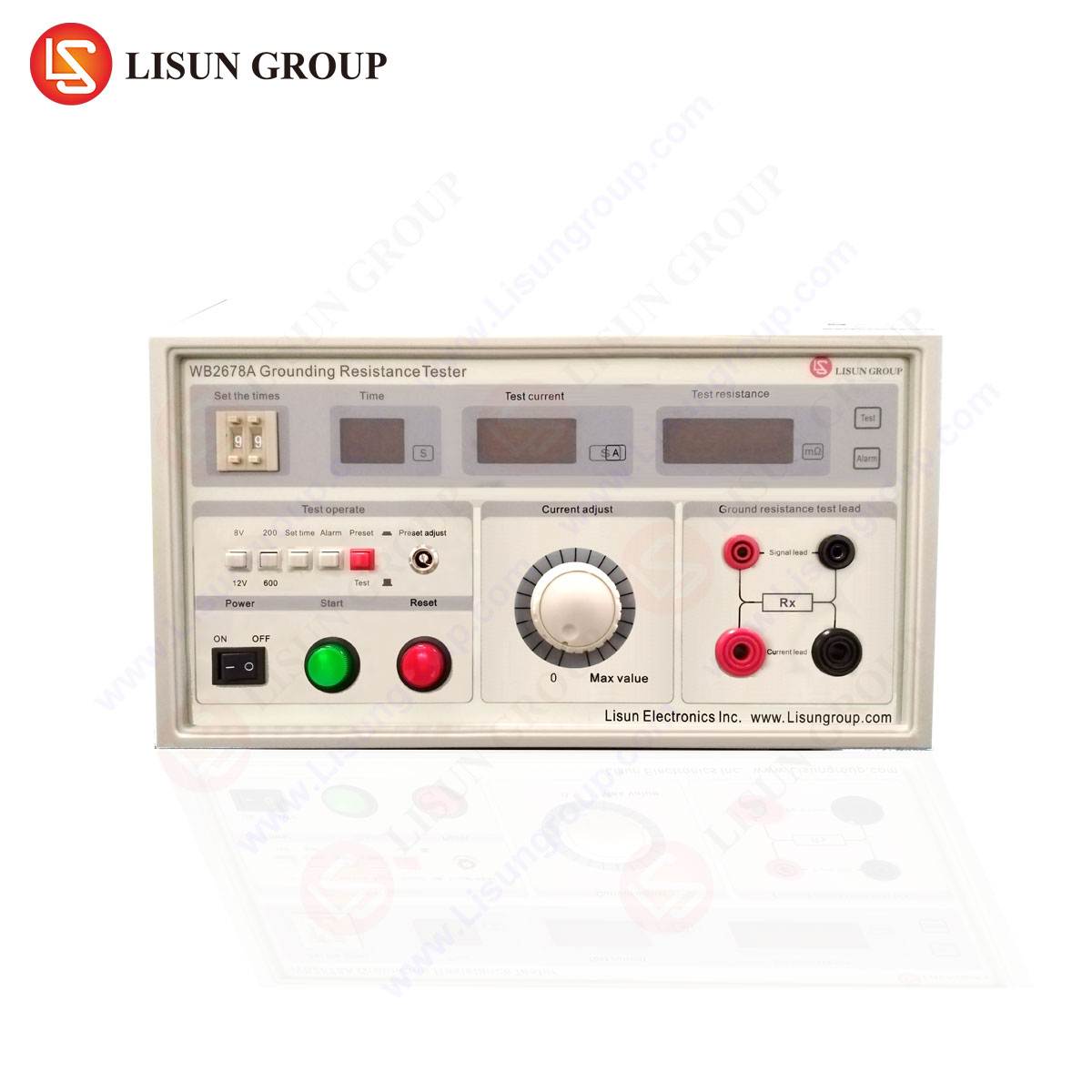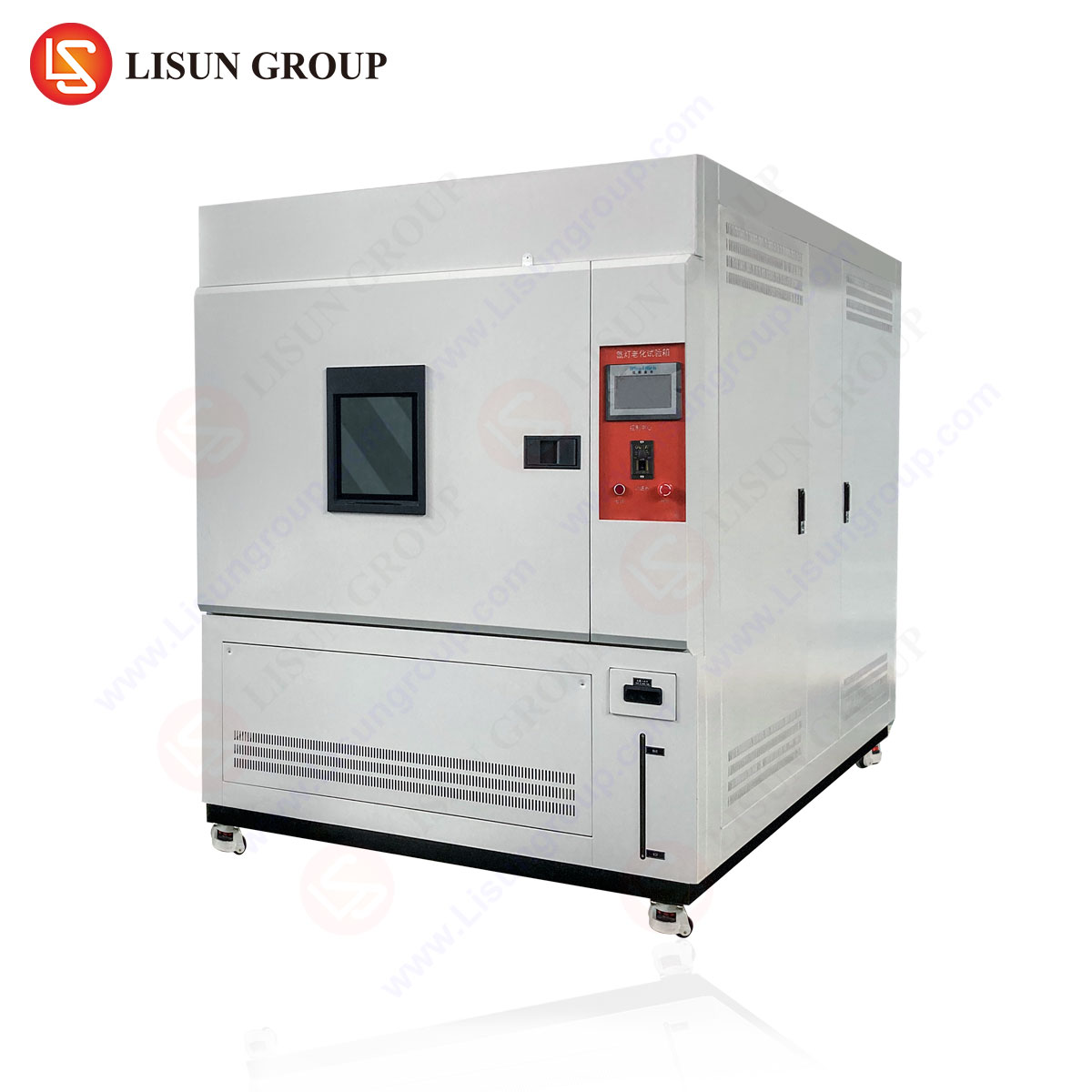Introduction to High-Voltage Dielectric Strength Testing
The 5kV withstand voltage test, also known as a dielectric strength or hipot (high potential) test, is a critical quality assurance procedure in electrical and electronic manufacturing. This test evaluates insulation integrity by applying a high voltage (typically 5kV AC or DC) between conductive components and non-conductive barriers to verify resistance against electrical breakdown. Industries such as automotive electronics, medical devices, and telecommunications rely on this test to ensure compliance with international safety standards, including IEC 61010, UL 60950, and ISO 60601.
The WB2671A Withstand Voltage Tester from ЛИСУН exemplifies a precision instrument designed for this purpose, offering programmable test parameters, real-time leakage current monitoring, and compliance with stringent regulatory requirements.
Fundamental Principles of the 5kV Withstand Voltage Test
The test operates on the principle of subjecting insulation materials to a voltage significantly higher than their rated operational limits. If the insulation withstands the applied voltage without breakdown or excessive leakage current, the component passes. Key parameters include:
- Test Voltage (5kV AC/DC): Determines the maximum stress the insulation must endure.
- Leakage Current Threshold: Defines the permissible current flow during testing (typically <1–10mA, depending on the standard).
- Ramp Rate: Controls the speed at which voltage increases to prevent transient spikes.
- Dwell Time: Duration the voltage is maintained (often 1–60 seconds).
The WB2671A automates these parameters, ensuring repeatability and adherence to IEC 61010-1 and GB/T 3048.8 standards.
Industry-Specific Applications of 5kV Testing
Electrical and Electronic Equipment
Power supplies, transformers, and PCBs undergo 5kV testing to verify isolation between primary and secondary circuits. The WB2671A’s adjustable ramp rate prevents false failures due to capacitive charging currents.
Household Appliances
Insulation in devices like refrigerators and washing machines must resist moisture-induced degradation. A 5kV AC test simulates long-term environmental stress.
Automotive Electronics
EV components (e.g., battery management systems) require dielectric testing to ensure safety under high-voltage conditions (ISO 6469-3).
Medical Devices
Patient-connected equipment must prevent leakage currents exceeding 10µA (IEC 60601-1). The WB2671A’s precision current measurement ensures compliance.
Aerospace and Aviation
Components exposed to extreme altitudes and temperatures are tested for partial discharge resistance under 5kV DC.
Technical Specifications of the WB2671A Withstand Voltage Tester
| Параметр | Спецификация |
|---|---|
| Диапазон напряжения | 0–5kV AC/DC |
| Leakage Current | 0.1–20mA |
| Точность | ±(2% + 5V) |
| Продолжительность испытания | 1–999s |
| Ramp Time | 0.1–999s |
| Согласие | IEC 61010-1 |
The WB2671A integrates arc detection, overcurrent protection, and a fail-safe interlock, minimizing operator risk.
Comparative Advantages of the WB2671A in High-Voltage Testing
- Programmable Test Sequences: Supports multi-step testing for complex standards (e.g., IEC 62368-1).
- Real-Time Monitoring: Tracks leakage current with 0.1mA resolution, critical for medical and aerospace applications.
- Enhanced Safety: Dual-channel isolation and automatic discharge reduce hazards.
- Data Logging: Stores test results for traceability, essential for ISO 13485 audits.
Standards and Regulatory Compliance
The 5kV withstand voltage test aligns with:
- IEC 61010-1: Safety requirements for electrical equipment.
- UL 60950-1: IT equipment insulation standards.
- GB/T 3048.8: Cable and wire testing protocols.
The WB2671A’s calibration certificates ensure alignment with NIST-traceable standards.
Operational Best Practices for 5kV Testing
- Pre-Test Inspection: Verify test leads and grounding to prevent false readings.
- Environmental Controls: Humidity and temperature affect dielectric strength (maintain 15–35°C per IEC 60068).
- Failure Analysis: Breakdowns indicate material defects or contamination—document voltage/current profiles for root-cause analysis.
FAQ: Common Questions on 5kV Withstand Voltage Testing
Q1: What distinguishes AC from DC withstand voltage testing?
AC testing detects insulation weaknesses more aggressively due to polarity reversals, while DC testing is suited for capacitive loads like cables.
Q2: How does the WB2671A mitigate false failures?
Its programmable ramp rate accommodates capacitive inrush currents, reducing erroneous tripping.
Q3: Can the WB2671A test lower voltages (e.g., 1kV)?
Yes, the voltage range is adjustable from 0–5kV, supporting diverse standards.
Q4: What leakage current threshold applies to medical devices?
IEC 60601-1 limits leakage to 10µA for patient-connected equipment.
Q5: Is the WB2671A suitable for automated production lines?
Yes, it supports RS-232/485 and LAN interfaces for integration with PLC-controlled systems.
This technical exploration underscores the WB2671A’s role in ensuring dielectric integrity across critical industries, combining regulatory compliance with operational precision.


